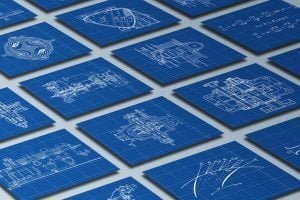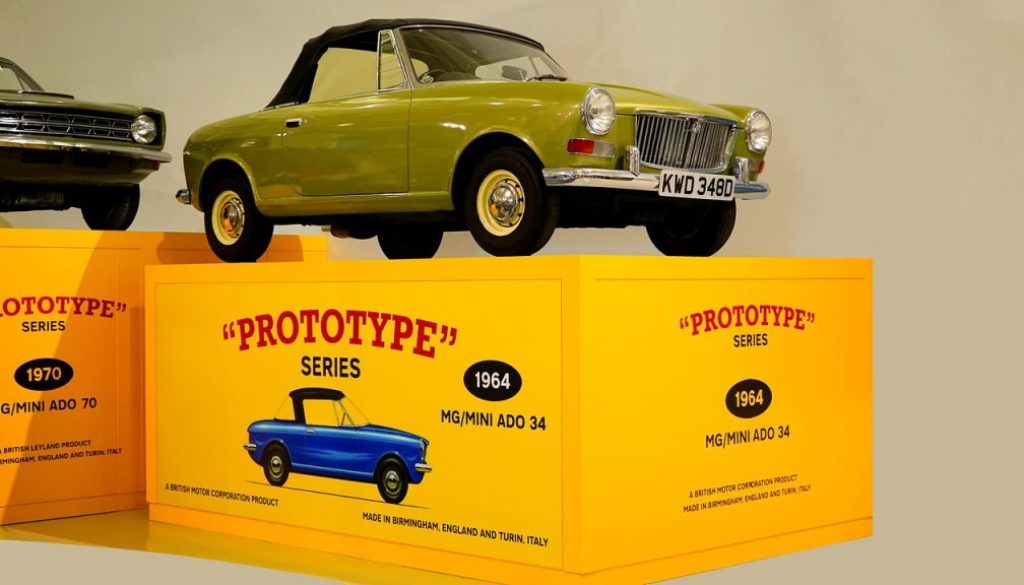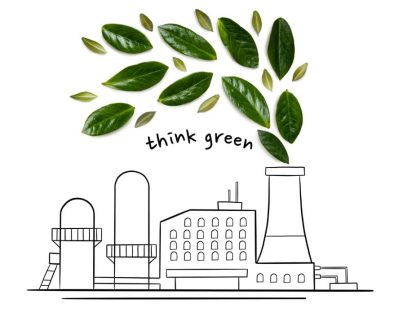Rapid Prototyping – Innovation in the Fabrication Industry
How do companies stay relevant in the ultra-competitive fabrication and manufacturing industry. Fabrication firms are facing challenges as they need to maintain superior raw material quality, stay competitively priced, fulfil common lead schedules and keep up to date with the latest technological advancements – in short, companies need to maintain productivity and quality. An innovation which heavy steel fabrication companies are looking to provide as a service nowadays is rapid prototyping. Rapid prototyping is already in use in industries like product design, robotics, energy, consumer products etc.; however, a question may arise as to how this innovation can be applied to a labor-intensive industry like fabrication and what are the resulting impact? This blog will look to answer this question and more going forward.
What is Rapid Prototyping?

Rapid Prototyping is a rapid-fabricating or machining process that employs CAD experts in addition to high-tech Computer Numerical Control machining or structural steel fabrication equipment to create a physical part in a quicker timeframe. It can be used at any stage of the product development cycle for any components or sub-components. In an engineering product design context, a prototype is a preliminary version of the end-product used to evaluate the design, test the technology, analyze the working principle, and provide final product specifications. Prototypes are an integral part of engineering product design and, more importantly, in new product development.
Prototypes can be categorized depending on the degree of accuracy required, product development stage, and purpose. Rapid prototypes don’t necessarily need to look like final products and can vary depending on what the product designer is trying to achieve from the prototype. Rapid prototypes can be classified in terms of accuracy or “Fidelity”. The degree of prototype accuracy can vary from low-fidelity to high-fidelity in functionality, appearance, user interface, and size. For instance, low-fidelity prototypes are very simple and produced very quickly to test the broader concept. e.g., paper sketches to cardboard mock-ups. High-fidelity prototypes appear and function closer to the final product. They are used in industries where unmatched precision is required and the best use of 3D printing is of essence, e.g., in automotive, robotics, aerospace and defense industries since the production parts are cut precisely.
Advantages and Disadvantages

Some advantages of rapid prototyping are reduced design and development time, reduction in overall product development cost, incorporation of changes instantly, elimination or reduction of risk, minimization of design flaws, functionality testing being allowed at a fraction of the cost, improved and increased user involvement during design stages and an ability to evaluate human factors and ergonomics.
Conversely, some disadvantages of this process are potential lack of accuracy, added initial costs, rapid prototyping processes being expensive and uneconomical, reduced material properties like surface finish and strength, limited material range and possibility of overlooking some key features because they cannot be prototyped.
Finishing Touches

Multiple rapid prototyping technologies are being used across the fabrication industry, such as Stereolithography (SLA), Direct metal laser sintering (DMLS), Binder jetting, CNC Machining etc. Each of these techniques have their own pros and cons, and are used accordingly in different fabrication and manufacturing scenarios e.g. pipe spool fabrication, automated fabrication etc. While there are clear advantages in incorporating rapid prototyping in processes, production inefficiencies need to be tackled so that longer-running fabrication jobs are not put on hold to create prototypes as per urgent client requirements. Hence, prior experience in management and operations will be a necessity if prototyping is to be embedded properly in fabrication. It’s still early days, however prototyping looks to offer an exciting new dimension to the fabrication landscape and it’s up to firms to harness its potential in the days ahead!




